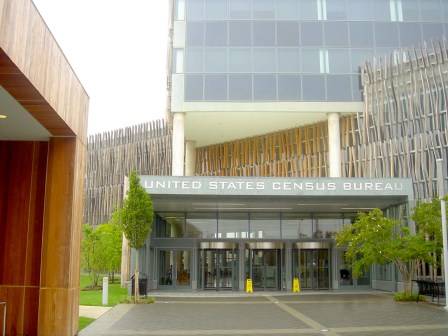Bureau of Prisons seeks solution for aggregating inmate reintegration-related data

The Federal Bureau of Prisons is looking for information on a commercial, off-the-shelf solution that could help it aggregate and interpret “data relating to inmate reintegration into the community.”
The request for information’s description of such a data tool mentions that the BOP wants to “connect the various types of data it collects in order to identify undiscovered patterns and relationships for internal security, public safety, intelligence-gathering and other administrative purposes.” The agency wants solutions built with an open architecture that can scale to store petabytes of data and multiple users without slowing down.
The agency also wants the solution to integrate with a case management component so it can “utilize link and trend analysis tools and better understand interpersonal relationships, illicit financial and communication transactions, develop forensic quality evidence and bolster faster and more adept security-related decision making.”
The solution should be able to import many different kinds of data, the RFI says, “including telephone log records, financial transactions, computer IP logs, mobile application data, text messages, and emails.”
The solution also should be able to support analysis of social networks, the RFI says “to help identify key individuals and relationships within networks.”
The agency is looking for a solution that automates workflows, and includes an automated audit log that tracks changes made cases. The agency wants that log to be “unalterable.”
In addition to being able to aggregate many different sources of data, the solution should be able to do predictive modeling and visualization, the RFI says.
The solution should either be on-premise or capable of running in a cloud environment certified by the Federal Risk and Authorization Management Program.
The agency also recently put out a request for information for analytics capabilities to help it in another area — improving medical care of older prisoners, and more efficiently managing resources and reducing costs.






